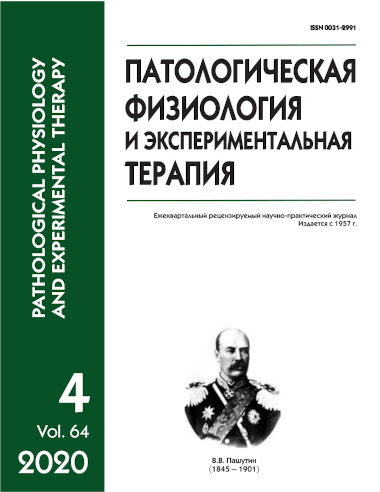Creation of cybrid cell cultures containing a single-nucleotide substitution associated with atherosclerosis in the MT-TL2 gene
Abstract
Introduction. Cybrid cell models are most promising for studying pathological mechanisms in different diseases. The authors for the first time created such models for studying mitochondrial dysfunction and pathological processes underlying atherosclerosis.
Aim. Creation of cybrid cultures with a high heteroplasmy level for mitochondrial genome mutation m.12315G>A. A preliminary study by the authors showed that the heteroplasmy level of mutation m.12315G>A was associated with atherosclerosis.
Methods. Cybrid cultures were created by fusing non-mitochondrial cells (rho0) and mitochondria from platelets of study participants with a high heteroplasmy level of the mutations under study. A THP-1 culture of monocytic origin was used to create rho0 cells. Non-mitochondrial cells were obtained using the M. King and G. Attardi method. Platelets were extracted from whole blood of study participants with Ficoll-Urografin density gradient centrifugation. Cybrid cell cultures were obtained by the PEG-mediated fusion method. In the created non-mitochondrial and cybrid cell cultures, quantitative analysis of mitochondrial genome copies was performed. This analysis confirmed either the absence of mitochondria (rho0-cells) or their presence (cybrids). The mtDNA copies were quantified using real-time PCR in the presence of the SYBR Green I stain.
Results. Four cybrid cell lines were obtained, which contained the m.12315G>A mutation with heteroplasmy levels higher than the threshold level.
Conclusion. Four cybrid cultures were created with a high heteroplasmy level for the mitochondrial genome mutation m.12315G>A. The obtained cell lines can be used as models for studying molecular cellular mechanisms of mitochondrial dysfunction in atherosclerosis and cardiovascular diseases. In addition, they may be useful for modeling atherogenesis in cells and for selecting therapy for patients with atherosclerosis.






